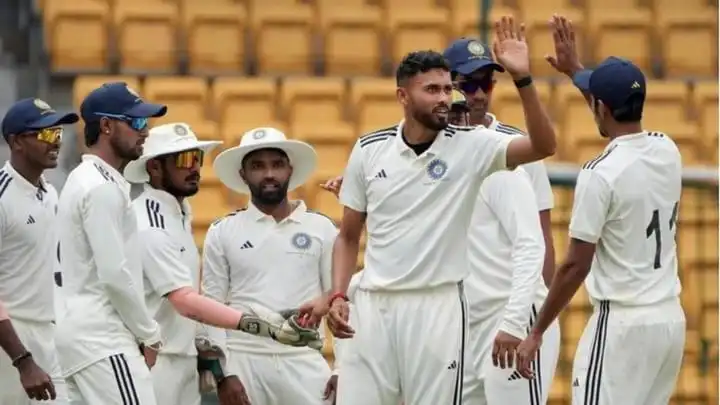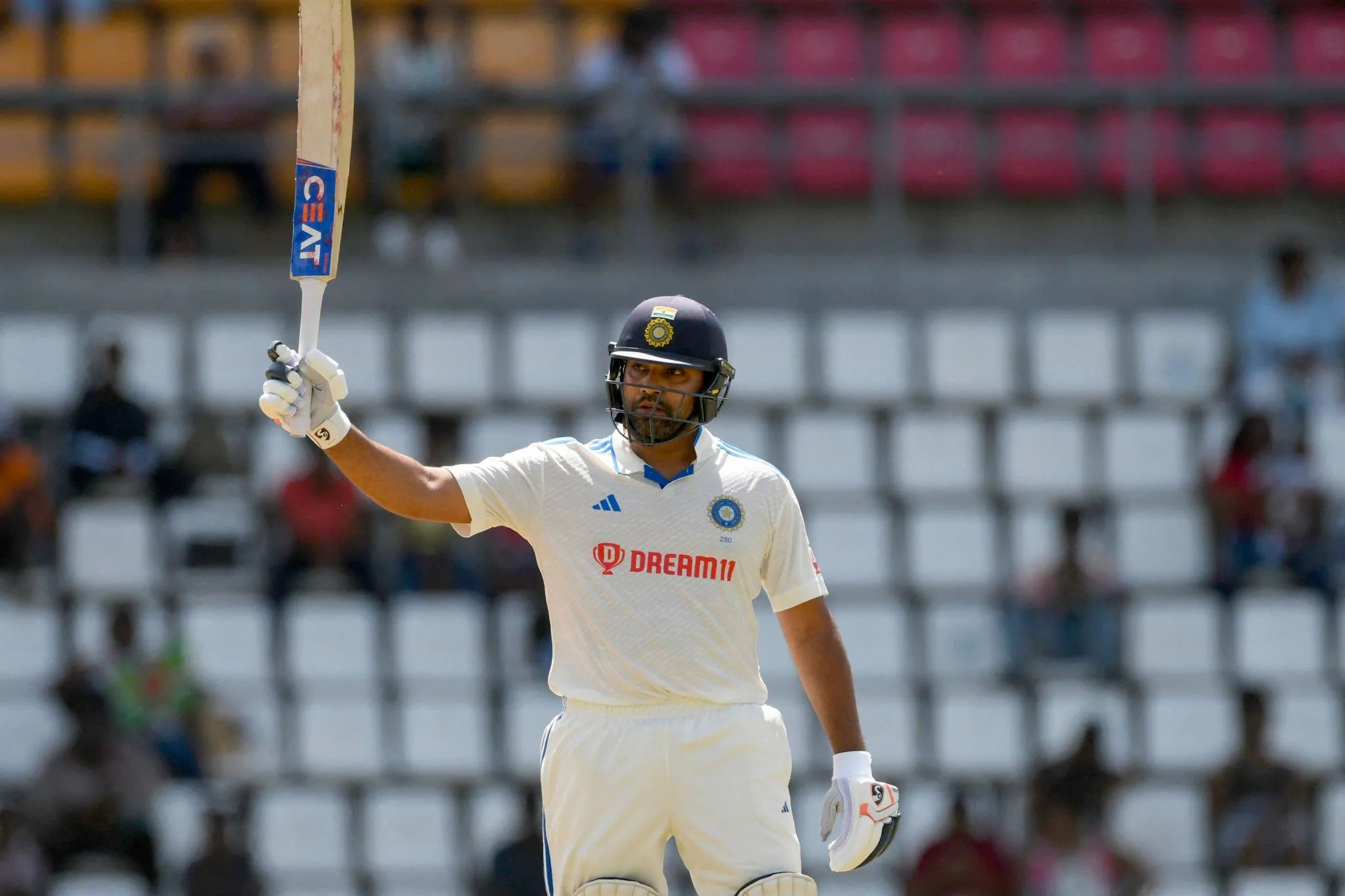 Rohit Sharma scored his 10th century in Test cricket (Twitter)
Rohit Sharma scored his 10th century in Test cricket (Twitter)
'Test cricket' - A unique format of our beloved sport, cricket - where the action unfolds over the course of five long days with varying overhead and pitch conditions, has been the talk of the town recently for its changing nature. In this modern era where a five-minute video too seems a long battle to concentrate, Test cricket holds a unique value because of its traditionalist features rarely seen in the post-industrialised world.
Test cricket itself has changed over the years, and with England's slam-bang tactics of 'Bazball' claiming to revolutionise Test cricket, it seems that the waiting game that was once the feature of the purest form of the cricket, will soon be vanished. Most of the major teams now try to score runs as quickly as possible in Test cricket, which for many, has made Test cricket more interesting and intriguing in last few years.
India too seemed to be riding on the same vehicle in recent times which was evident in the WTC Final, where Indian batters kept going for their shots, even though India was losing wickets at regular intervals.
However, something unique happened in Dominica during the first Test which has raised quite a few eyebrows. Let's find out what is that!
India Delivering Antidote In The Caribbean
For starters, India are in a pole position in the first Test between the men in blue and West Indies. The Windies were bowled out for 150 and in reply, India are strongly placed at 312-2. It all seems good from Indian point of view looking at these scores, however, the point of discussion is India taking 113 overs to score those 312 runs. India have scored their runs at a run-rate of 2.76 despite losing only 2 wickets which is a far cry from the modern day Test cricket we are used to seeing.
India managed to score just 232 runs in the entire day 2 even though India had set batters in the crease for major part of the action. Rahkeem Cornwall, the premier Windies spinner too was missing for the most part of the day which makes it more alarming. This is not to say that what India did was wrong but it was surely an interesting display of batsmanship from the players who are known to be naturally aggressive cricketers.
Rohit Sharma, Yashasvi Jaiswal, Shubman Gill, Virat Kohli all are known for their positive batting but apart from Gill who played just 11 balls, none of the batter could score at a strike rate of even 50. The question is why did Indian batters batted so slow despite being set and on top of the game?
Factors that contributed to India's slow batting display
The Sluggish nature of the pitch
The pitch at Windsor Park in Roseau, Dominica is surely on the slower side and it is turning too. However, the turn is a slow turn that has made it difficult for the bowlers and for the batters, the slow nature means that is hard to force the issue.
“Zorse maar raha hoon, jaa hi nahi raha! (I am hitting powerfully but the ball isn't travelling)." This is how Yashasvi Jaiswal complained to his partner about the nature of the pitch during his marathon knock on day 2. We saw such pitches during England's tour to Caribbean last year too when run-scoring was pretty difficult. Also, on Day 1, West Indies batters were seen losing their wickets when they tried to do something fancy which cost them heavily.
The clever yet unusual tactics from the Windies
Kraigg Brathwaite, the West Indian skipper was quick to gauge the nature of the pitch and the mood of Indian batters. As Indian batters were not looking keen to force the issue, Brathwaite decided to play with the patience of Indian batters and blocked one side up, asking Indian batters to play against the spin and take risks if they want to score runs.
Also, West Indies did not take the second new ball for 13 overs which made it difficult to score runs with the softer ball.
The match-situation allowing Indian batters to gain confidence
No matter how slow India batted, they are still way ahead in the game and there is lot of time left in the game too. In such a situation, where there was no hurry, Indian batters probably wanted to spend as much time in the middle as possible to gain some much-needed confidence after the WTC Final loss.
For quite a few years now, India have not been scoring big runs in Test cricket. We have seen India winning, but that is majorly because of their quality bowling and after yet another batting failure in the WTC Final, Indian batters might have sensed an opportunity to go big in this game. Both Rohit Sharma and Virat Kohli were short of confidence coming into this Test while Jaiswal is playing his debut Test, which probably has brought an extra dose of caution to India's game.
What can we make of India's old-school tactics?
There is no doubt that India were over-cautious in their approach on day 2 but it is hardly gonna make any effect on the result of this game. However, in long term, this could be a double-edged sword.
A positive thing is that these marathon knocks will give confidence to India's batting line-up that has been struggling in recent past. However, on the other hand, against stronger opponents, this could well become a self-imploding tactic, if Indian batters do not take the game forward in pursuit of just saving their wickets or a batting collapse.
Let's hope that the ghosts of the last WTC Final are not haunting and forcing India to use a defensive tactic in this brand-new WTC cycle.
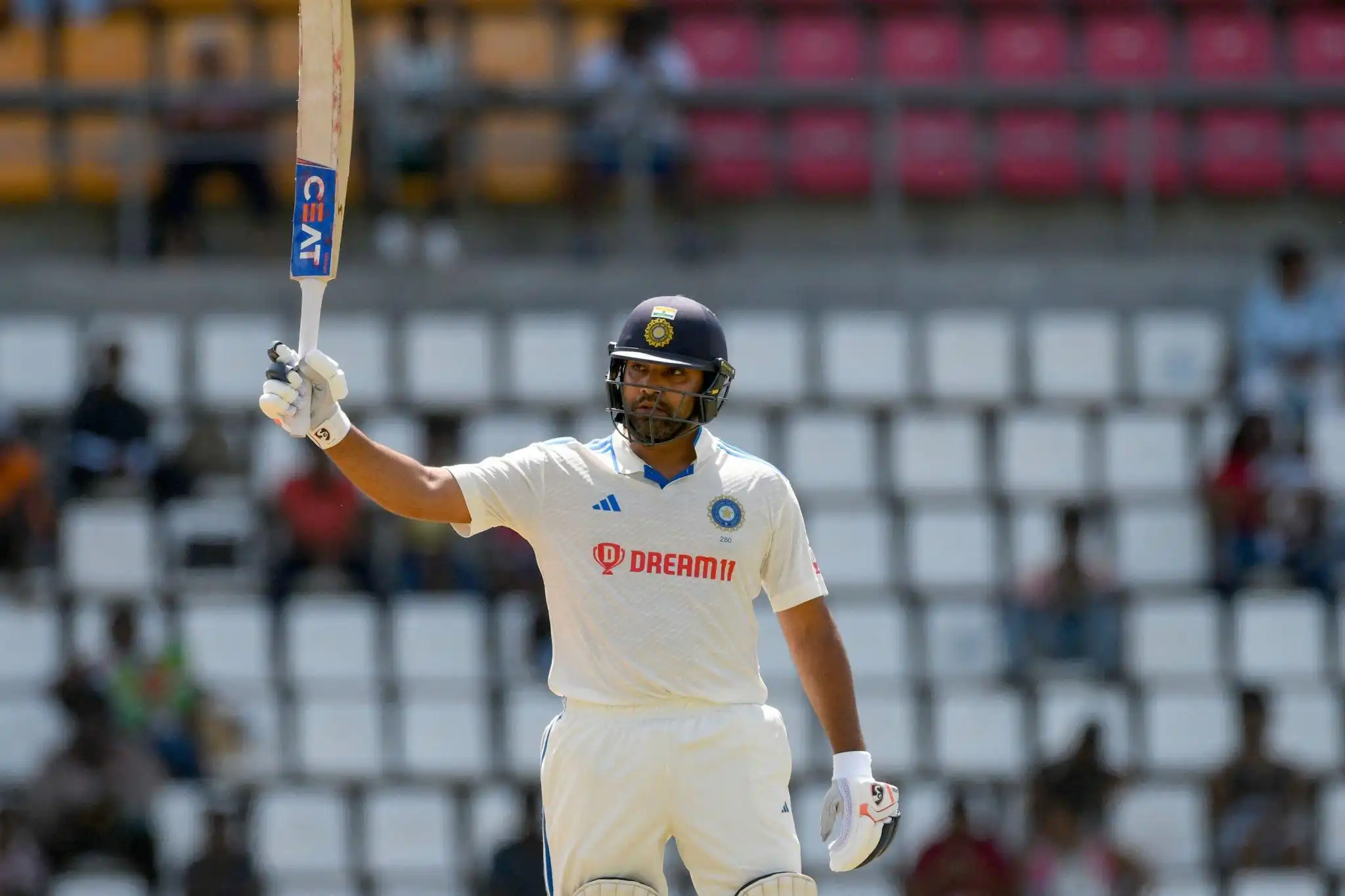
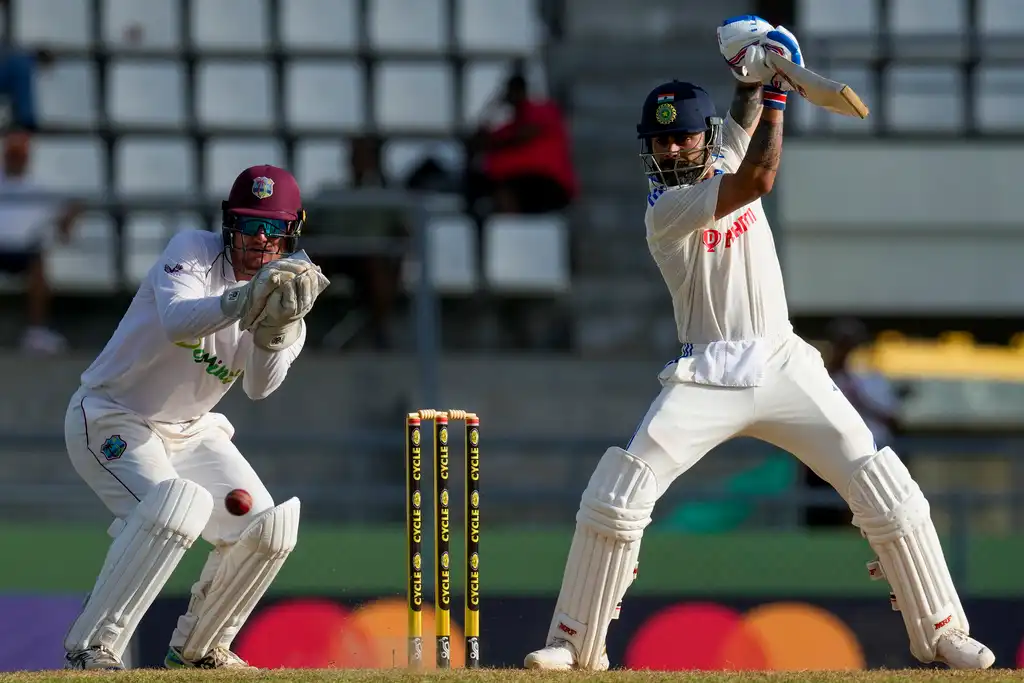
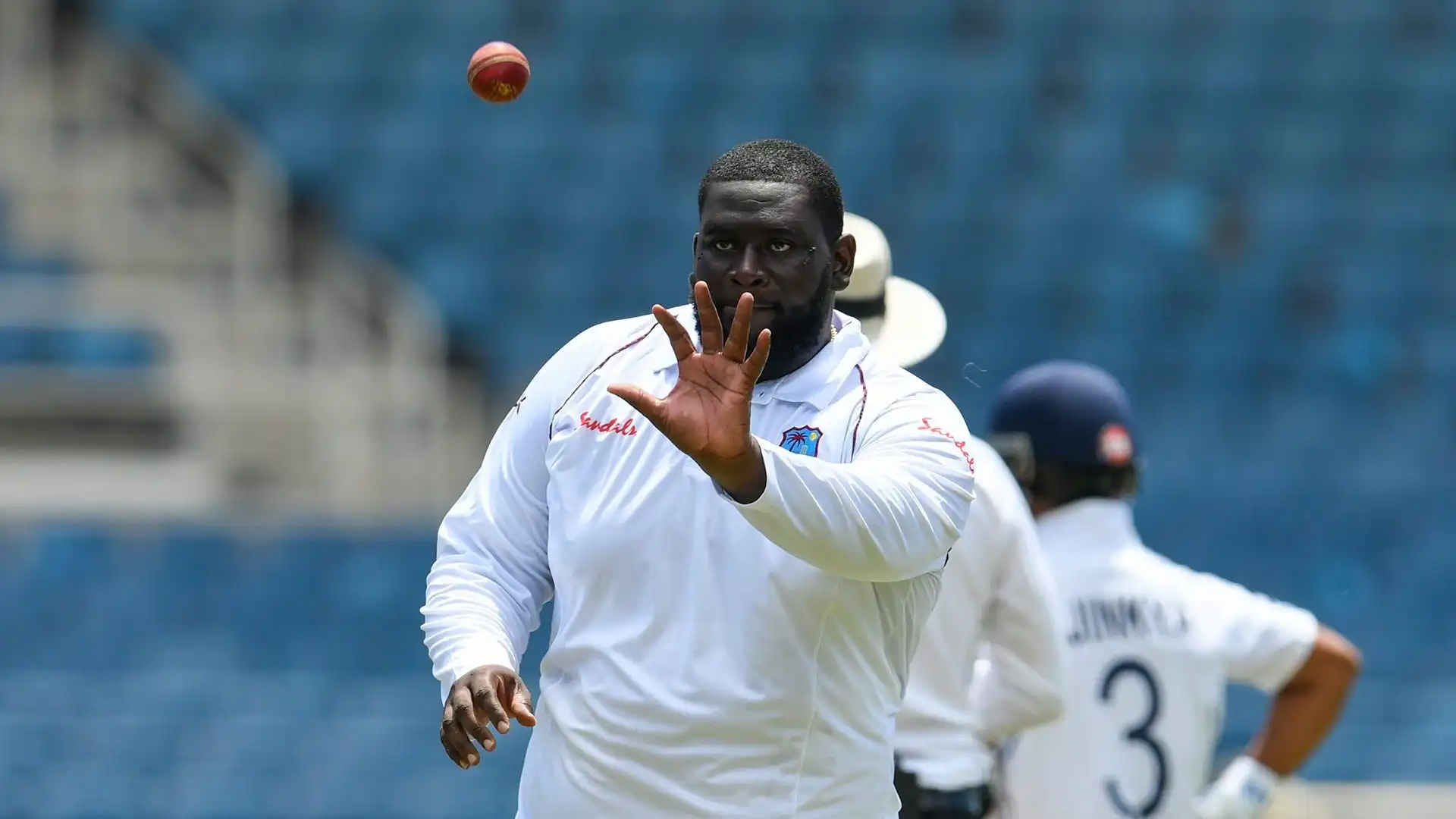
.jpg?type=mq)
